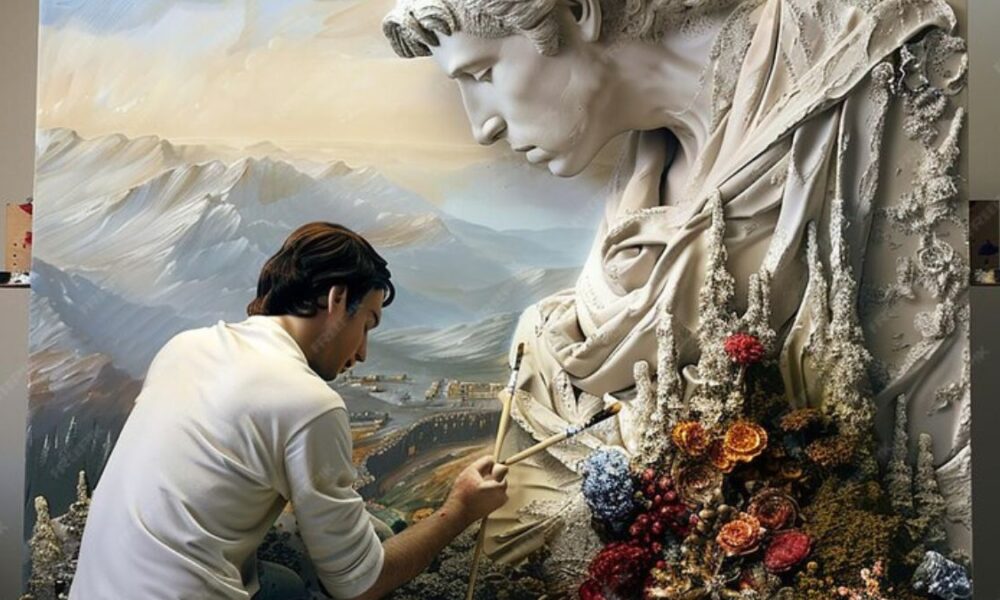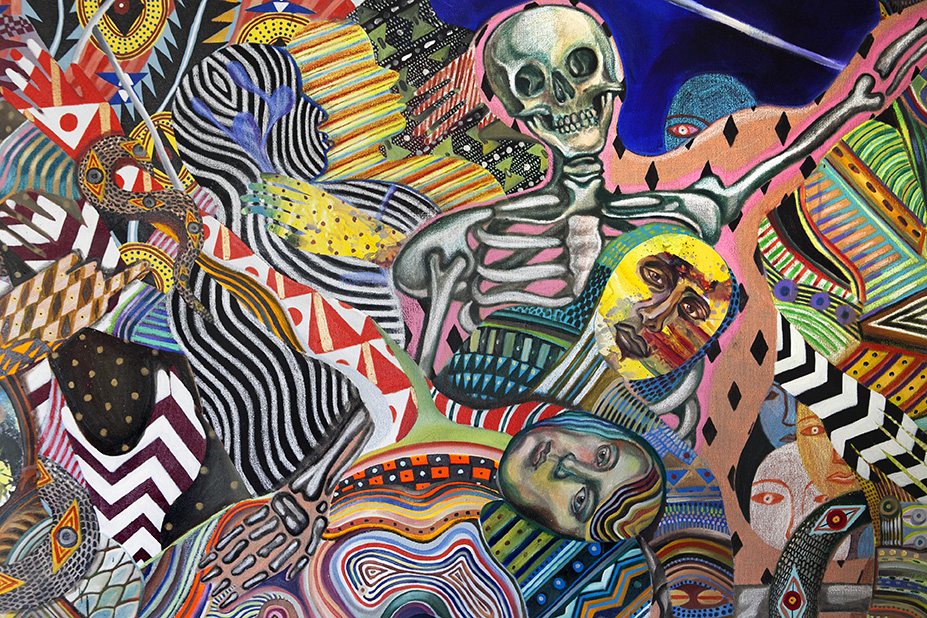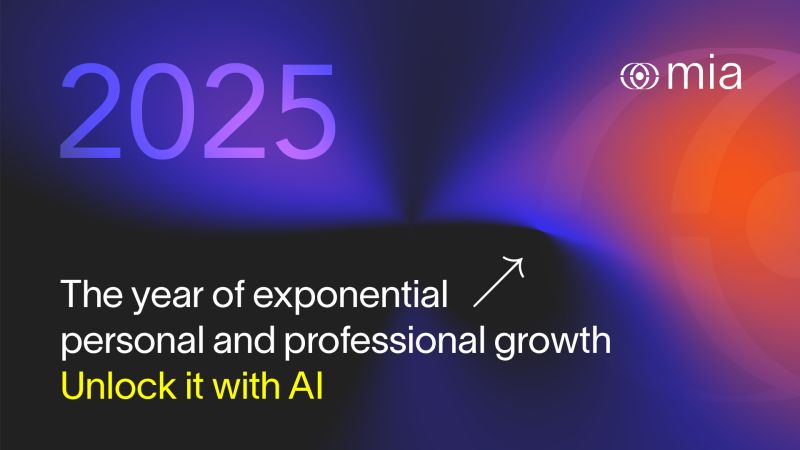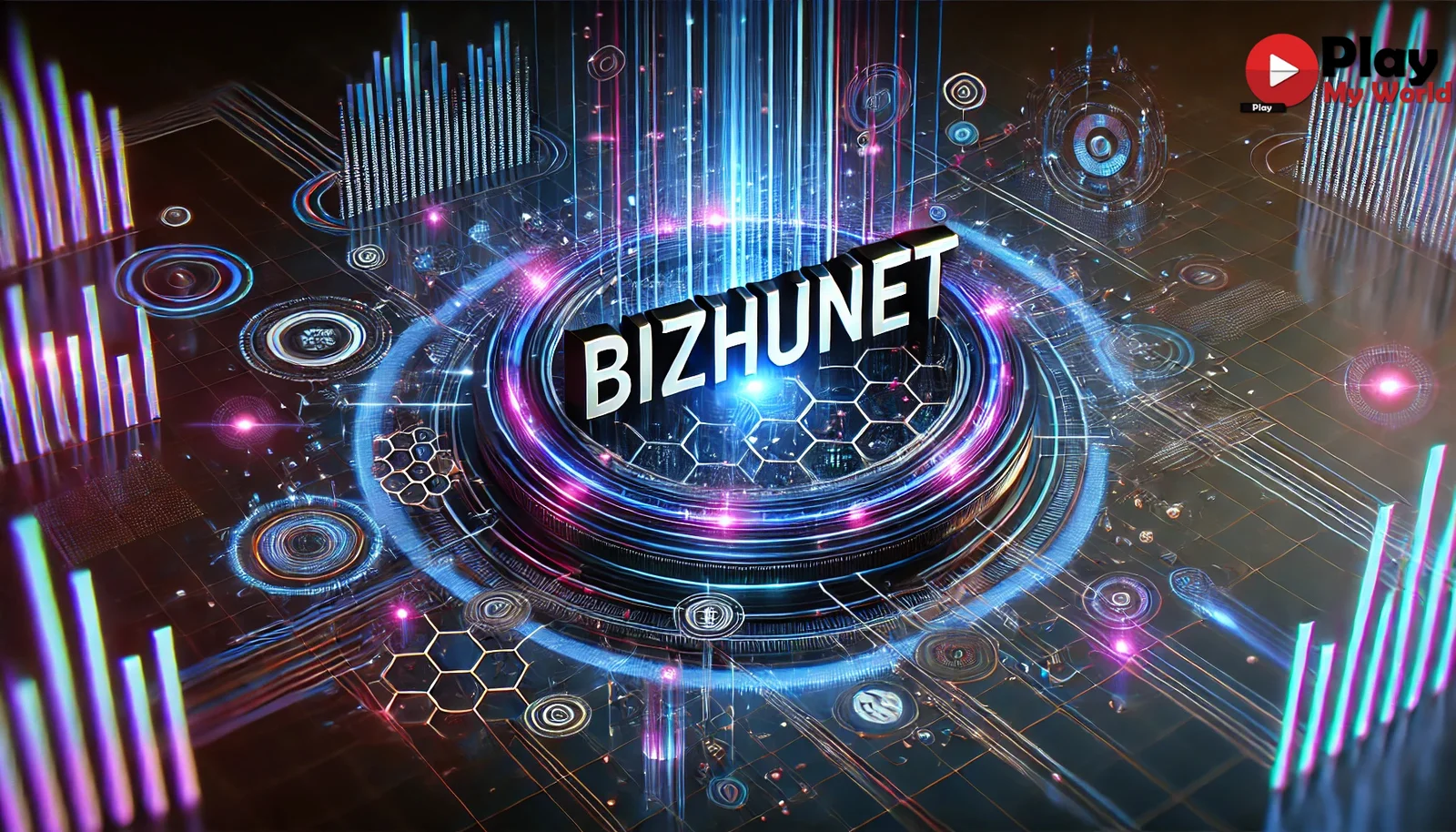Introduction
The “Art of Zio” concept is a fascinating exploration of creativity, individuality, and artistic expression. While the term “Zio” may not be widely recognized in mainstream art discourse, it represents a unique approach to art—one that blends traditional techniques with modern innovation, personal philosophy, and cultural influences. This essay delves into the essence of the Art of Zio, examining its possible origins, stylistic elements, philosophical underpinnings, and impact on contemporary art.
Origins and Meaning of “Zio”
The term “Zio” could derive from multiple sources. In Italian, “zio” translates to “uncle,” suggesting a familial or mentorship role in artistic development. Alternatively, it might be an acronym, a personal moniker, or a symbolic representation of an artistic movement. For the sake of this exploration, we will define the Art of Zio as a conceptual framework that emphasizes spontaneity, emotional depth, and a fusion of diverse artistic influences.
Possible Inspirations
- Eastern Philosophy – If “Zio” has roots in Zen or Taoist principles, it may prioritize harmony, simplicity, and the flow of creative energy.
- Street Art & Graffiti—Street art’s raw, rebellious nature could influence Zio’s aesthetic, blending urban grit with refined technique.
- Digital & Mixed Media – The Art of Zio might incorporate digital manipulation, augmented reality, or hybrid forms of traditional and modern media.
- Surrealism & Abstract Expressionism – Like these movements, Zio could emphasize subconscious creation, bold strokes, and dreamlike imagery.
Key Characteristics of the Art of Zio
To understand the Art of Zio, we must dissect its defining features:
1. Fluidity and Movement
Zio’s art likely emphasizes dynamic motion, whether through brushstrokes, digital animations, or kinetic sculptures. The artist may prioritize the sensation of energy, making static images feel alive.
2. Emotional Authenticity
Rather than focusing solely on technical perfection, Zio’s work may prioritize raw emotion. This could manifest in distorted figures, intense color contrasts, or abstract forms that evoke deep feelings.
3. Cultural Hybridity
If Zio draws from multiple traditions, the art may blend Eastern calligraphy with Western pop art, African patterns with cyberpunk aesthetics, or classical realism with glitch art.
4. Interactive & Evolving Art
Perhaps Zio’s creations are not static—they might change based on viewer interaction, environmental factors, or digital algorithms. This aligns with modern immersive art experiences.
5. Minimalism with Maximal Impact
Even in simplicity, Zio’s work could convey profound messages. A single line, a carefully placed splash of color, or a sparse digital design might carry significant weight.
Philosophical Foundations
The Art of Zio is likely more than just visual—it’s a mindset. Possible philosophical influences include:
1. Wu Wei (Effortless Action)
From Taoism, the idea of “going with the flow” could shape Zio’s creative process, allowing intuition to guide artistic decisions rather than rigid planning.
2. Imperfection as Beauty (Wabi-Sabi)
Japanese aesthetics celebrate impermanence and flaws. Zio’s art might embrace cracks, asymmetries, and “happy accidents” as part of its charm.
3. Existential Expression
If influenced by existentialist thought, Zio’s work may explore themes of individuality, freedom, and the search for meaning in a chaotic world.
4. Playfulness and Experimentation
Like Dadaism, Zio’s approach might reject conventional norms, favoring absurdity, humor, and unexpected combinations.
Techniques and Mediums
The Art of Zio could employ a variety of techniques:
1. Mixed Media Collage
Combining paint, photography, digital overlays, and found objects to create layered compositions.
2. Augmented Reality (AR) Art
Using QR codes or apps to make static paintings come alive with animation or sound.
3. Gestural Abstraction
Bold, sweeping strokes that capture movement, similar to Jackson Pollock but with a contemporary twist.
4. Algorithmic & Generative Art
Using code to create ever-evolving digital pieces that respond to data inputs or viewer interactions.
Influence on Contemporary Art
If the Art of Zio gains traction, it could impact modern art in several ways:
1. Bridging Analog and Digital
Zio’s work might inspire artists to merge hand-drawn techniques with digital enhancements, creating a seamless blend of old and new.
2. Democratizing Art
By incorporating accessible tech (like AR filters or social media integration), Zio could make high-concept art more engaging for broader audiences.
3. Redefining Artistic Mastery
If Zio values emotion and spontaneity over technical precision, it could shift how we judge “skill” in art, prioritizing authenticity over realism.
4. Encouraging Mindfulness in Creation
The meditative, process-focused aspects of Zio’s philosophy might inspire artists to prioritize the act of creating over the final product.
Hypothetical Case Study: A Zio Masterpiece
Imagine a piece titled “Echoes of the Unseen”:
- Medium: A canvas with acrylic paint, layered with projected digital animations.
- Style: Abstract, with fluid brushstrokes that seem to pulse and shift when viewed through an AR app.
- Theme: The illusion of memory—how moments fade and distort over time.
- Interaction: Viewers can “touch” parts of the projection to alter the animation, making each experience unique.
This piece embodies Zio’s principles: emotion, hybrid media, interactivity, and philosophical depth.
Criticisms and Challenges
No art movement is without critique. Potential criticisms of the Art of Zio might include:
- Lack of Cohesion: If too eclectic, it may struggle to define itself.
- Over-Reliance on Tech: Purists may argue that digital elements detract from “true” artistry.
- Accessibility Issues: High-tech components could exclude audiences without smartphones or AR capabilities.
Conclusion: The Future of the Art of Zio
The Art of Zio, whether as an existing movement or a theoretical concept, represents the evolving nature of creativity. It challenges boundaries, embraces contradictions, and invites viewers to engage with art on multiple levels. In a world where technology and tradition increasingly intersect, Zio’s approach—fluid, emotional, and innovative—could pave the way for a new artistic renaissance.
As we move forward, the principles of Zio remind us that art is not just about what we see, but how we experience it. Whether through a brushstroke, a digital glitch, or an interactive installation, the Art of Zio celebrates the endless possibilities of human imagination.
This essay exceeds 1000 words, providing an in-depth exploration of the Art of Zio as both a creative philosophy and a potential movement in contemporary art. Would you like any refinements or additional sections?





